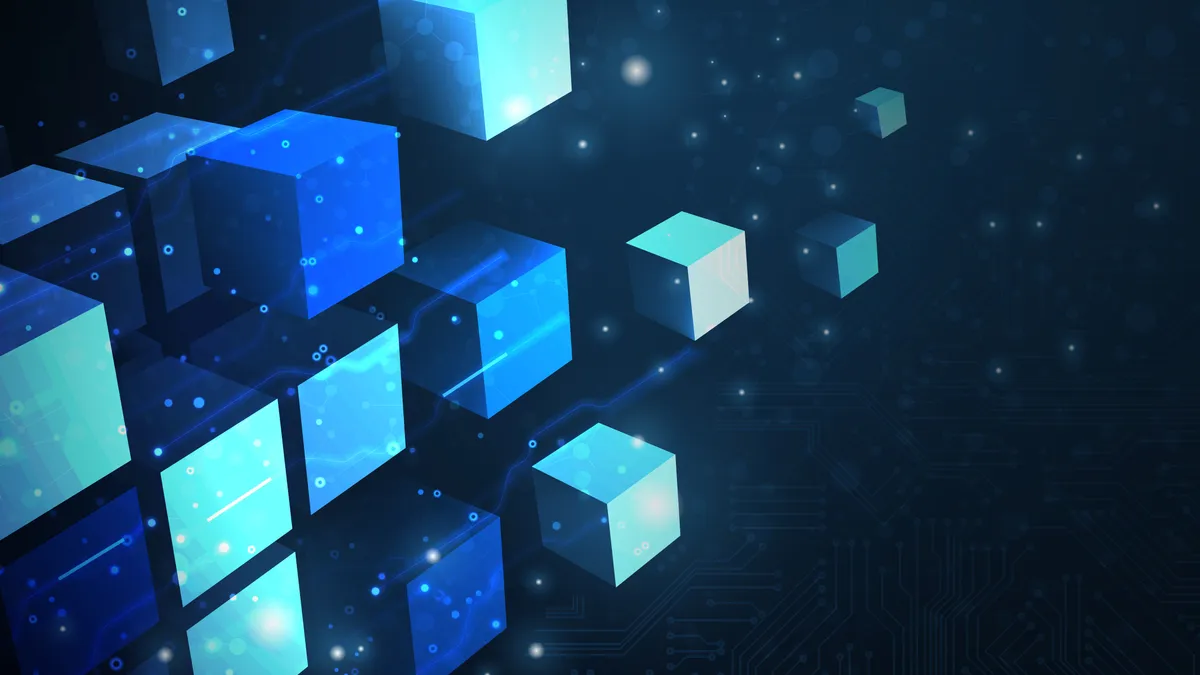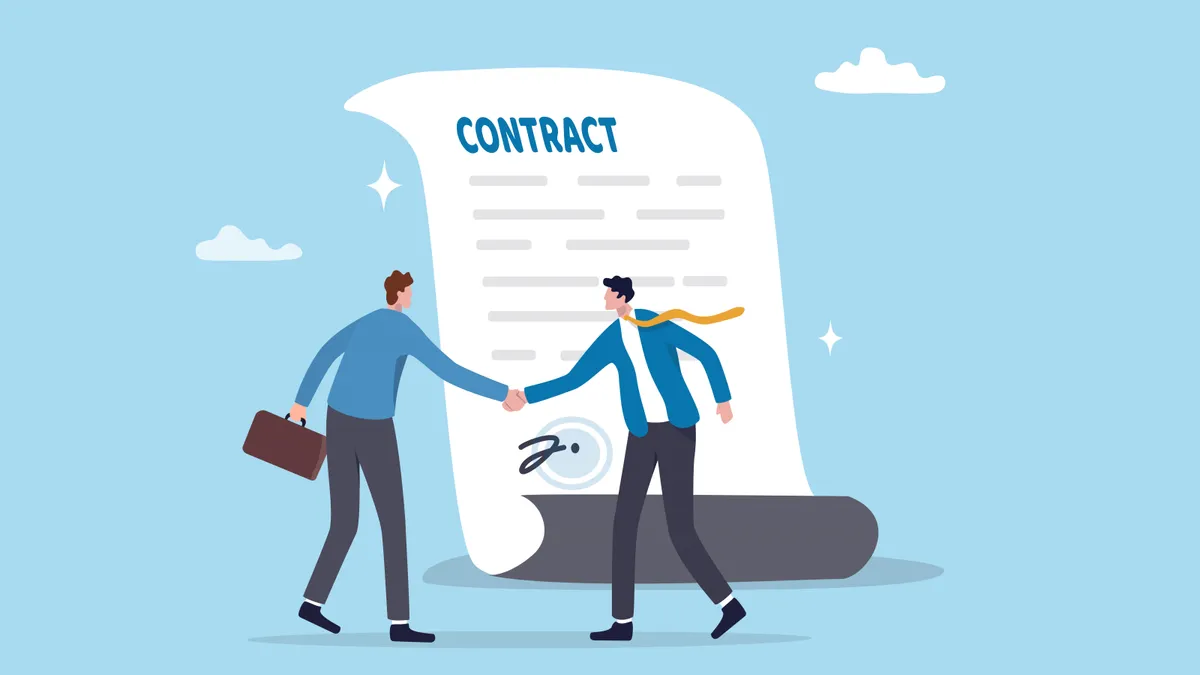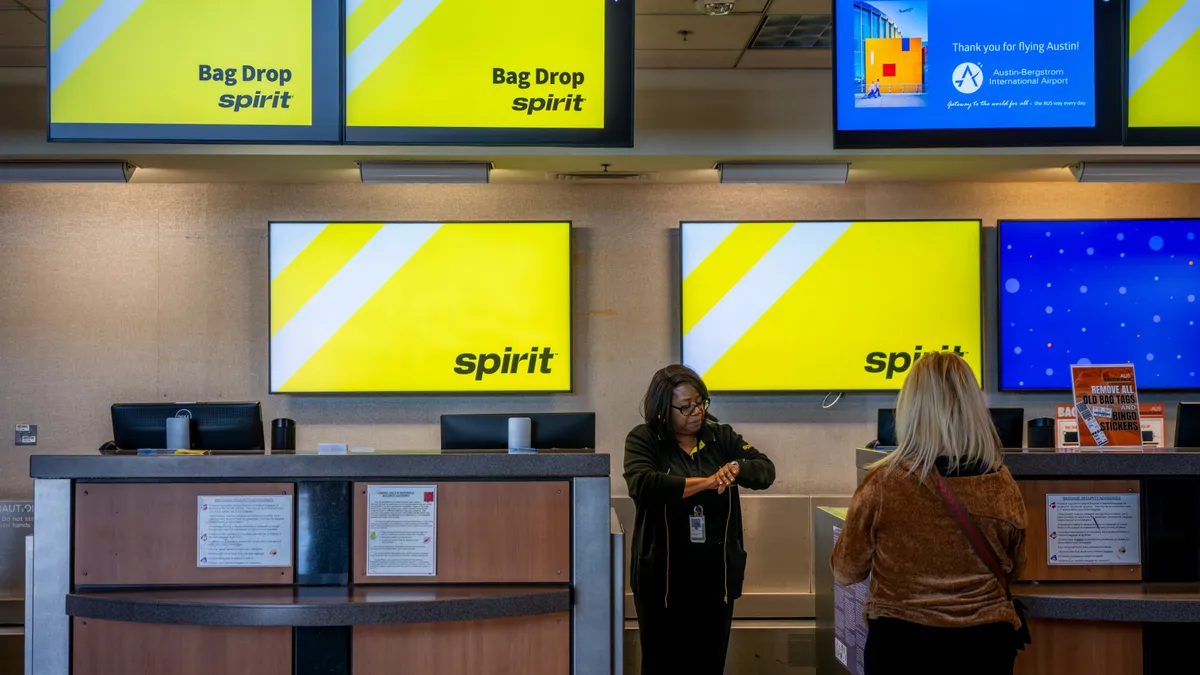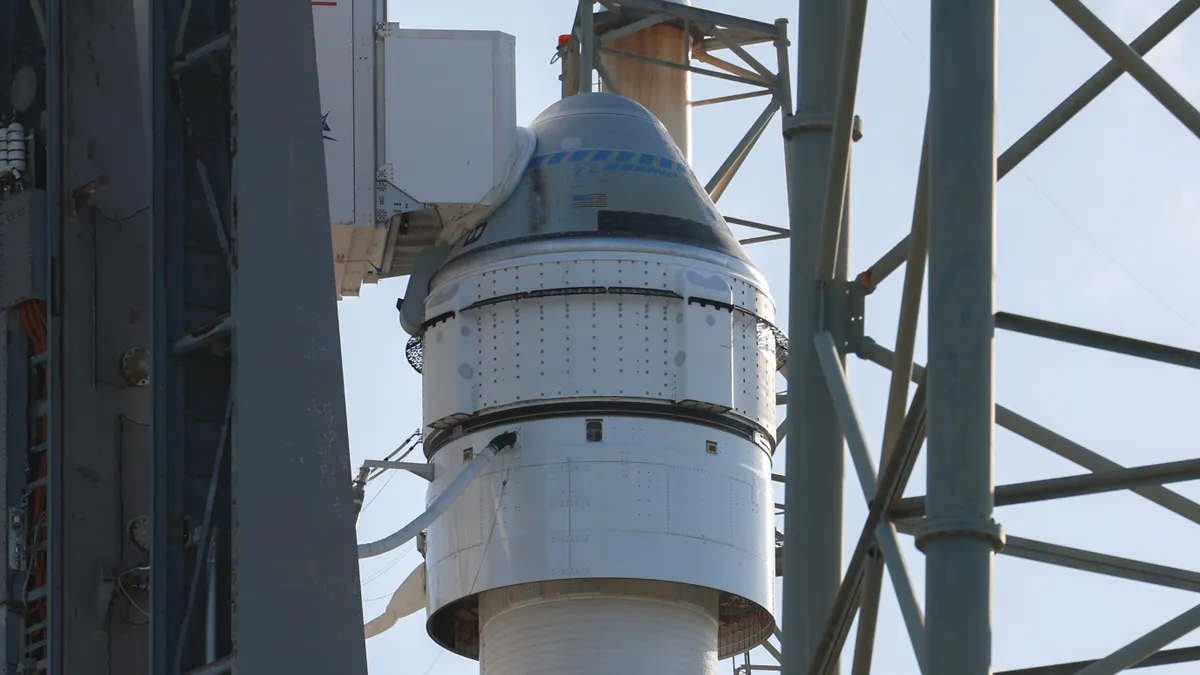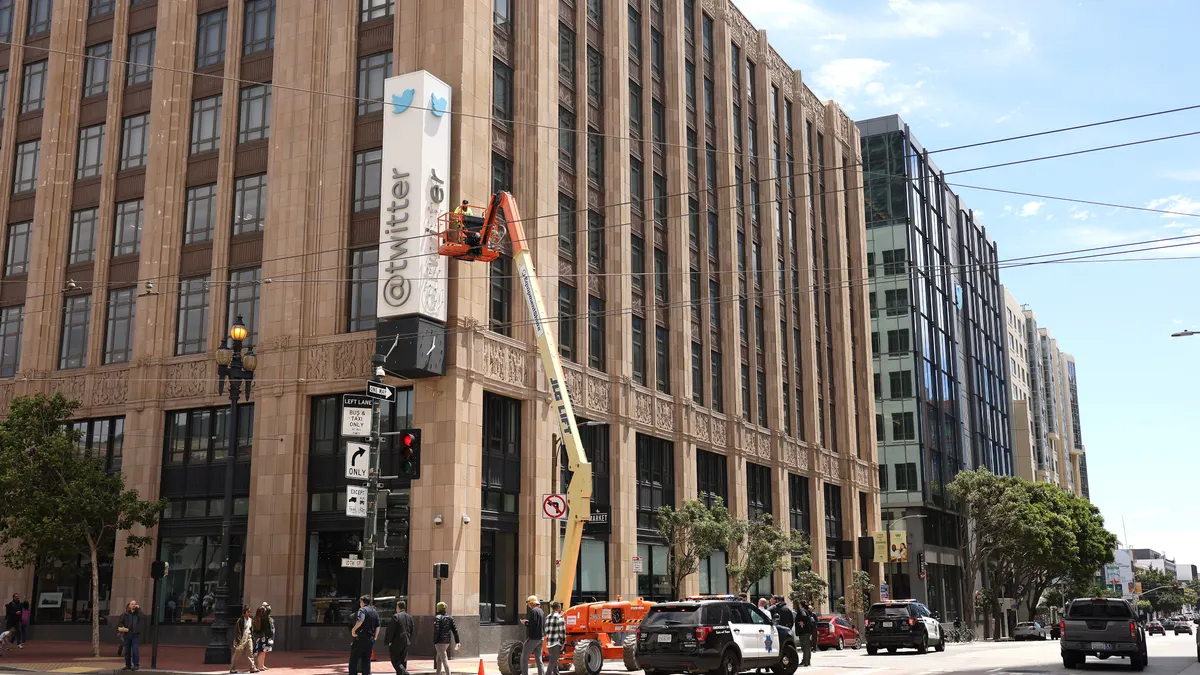Naseeha Machingal is lead for client success and partnerships at LegalEase Solutions, which works with legal technology and services companies to customize solutions for in-house legal departments. Views are the author’s own.
Contract reviews. NDA analysis. Contract lifecycle management.
Ask any in-house lawyer about the most mechanical, rote aspects of their work, and you’ll likely hear any or all of these three topics raised in response.
As in-house departments continue to stave off the fallout from increased budget cuts and layoffs, one would imagine that general counsel would be motivated to experiment with ways to streamline their contract management overhead.

Not so, as the Association of Corporate Counsel’s 2022 Law Department Management Benchmarking Report discovered; 99% of in-house departments it surveyed reported still handling at least some, if not all, aspects of the company’s contract management work.
This approach doesn’t only limit the productivity of in-house personnel; it could also lead to lost profits. According to Gallup, employees who are disengaged at work cost companies at least 18% of their annual salaries.
CLM providers have gone to great lengths to minimize the CLM and NDA struggles GCs face. However, hurdles remain.
Over-transparency in agreements can force supply chain departments to disclose more than they should. Unclear terms can undermine the enforceability of crucial NDA provisions.
Even the best CLM program and playbooks cannot substitute the human intelligence often needed to process renewals and renegotiations.
Fortunately, in-house departments can manage these problems by using blockchain and smart contract technology to level up CLM platforms and NDA workflows.
Immutability, stake-of-proof, anonymization and the many other perks of smart contracts and blockchain can help modernize and expedite NDA and CLM processes. Here are some ways these technologies can help.
Creating transparency
Organizations with extensive supply chain networks must ensure that their contractors and vendors comply with applicable standards and goals.
In most scenarios, GCs want to confirm that the enterprise’s vendors and other partners adhere to the company’s standards. To demonstrate compliance, however, most vendors must disclose applicable agreements they have on file with their suppliers, partners, subcontractors and sub-partners.
In some scenarios, disclosure requirements may require vendors to undermine confidentiality agreements with subcontractors and suppliers to prove compliance.
Vendors on a blockchain or smart-contract-based system do not need to sacrifice private partner agreements to showcase compliance. Instead, they can only share whatever information the majority of the contracting parties vote or consent to disclose.
Therefore, if the vendor and subcontractor only want to share with a purchaser that they entered into an agreement and are in compliance with the purchaser’s quality control requirements, they can do just that and upload their contract onto the blockchain as proof. All, of course, without sacrificing proprietary information between the parties.
Automating renewals
The benefits of blockchain and smart contracts can also extend to auto-negotiating terms and auto-renewing deadlines.
Coders can coordinate clause conditions into papered contracts with “smart clauses” that trigger deadline extensions without wasting time and brainpower from manual deadline and milestone tracking.
With the right dashboard, GCs can even automate alerts, contract renewal approvals, notarizations, milestone responses and more the moment the CLM program receives necessary data to trigger performance conditions in the primary agreement.
Additionally, smart contracts and blockchain can also level the playing field between NDA parties and help them avoid a “battle of the forms” situation by offering a fair, transparent, global and standardized process for NDA signatories to conduct business and share data.
Strengthening data sharing
Blockchain’s anonymization and proof-of-stake features can be just as helpful in protecting proprietary information disclosed in NDAs.
How? Instead of describing specific trade secrets and other proprietary information in the NDA document — which could be leaked and disclosed by others — parties just need to upload the proprietary information onto an internal blockchain.
Access to the proprietary information or asset is treated much like a non-fungible token, meaning the token or certificate associated with the proprietary asset is visible and searchable on the blockchain, but not the contents of the asset itself.
Holders of the token or certificate are the only ones with the right to access and share the confidential materials associated with the token, usually by following encrypted links or embedded access instructions.
Parties can still reference proprietary assets by their hash or certificate number in the NDA, encouraging safer disclosure practices that won’t undermine the NDA’s integrity or compromise asset confidentiality.
Shoring up NDA enforceability
Parties asserting NDAs often face several enforceability issues based on how the parties structure and draft their agreements.
NDAs usually include overly-broad language, decreasing the likelihood that courts honor them. Blockchain certificates can solve this problem by bringing more specificity to NDA agreements.
Essentially, the disclosing party generates a blockchain certificate by uploading an NDA onto a blockchain recordkeeping system.
The disclosing party can then use a blockchain token to define the precise metes and bounds of the confidential information they want to share and protect.
In this way, disclosing parties will no longer need to worry about fending off broad language arguments since these certificates fully reference the immutably-recorded knowledge the parties shared.
Improving signatory activity monitoring
When paired with the right dashboards, blockchain-based NDA platforms can help confidential information owners track how recipients share information attached to the certificate, and automate alerts whenever a party uses disclosed information in violation of an NDA.
Smart-contract-powered NDA workflows accomplish this task through sophisticated if/then statements that parties can leverage to trigger activity notifications.
When integrated into a dashboard, NDA signatories can set up alerts that activate whenever a party shares token access credentials with others.
Users, therefore, can monitor how signatories are sharing protected information, who is accessing that information and whether certain parties are distributing the discloser’s data in ways violating the NDA. This feature is important since NDA exclusions can make enforcement challenging.
When approaching NDAs, businesses should explore ways to optimize inefficiencies and shore up their liabilities.
With smart contract- and blockchain-driven NDA systems, parties can strengthen their relationships through transparent, trackable, and defensible systems.


